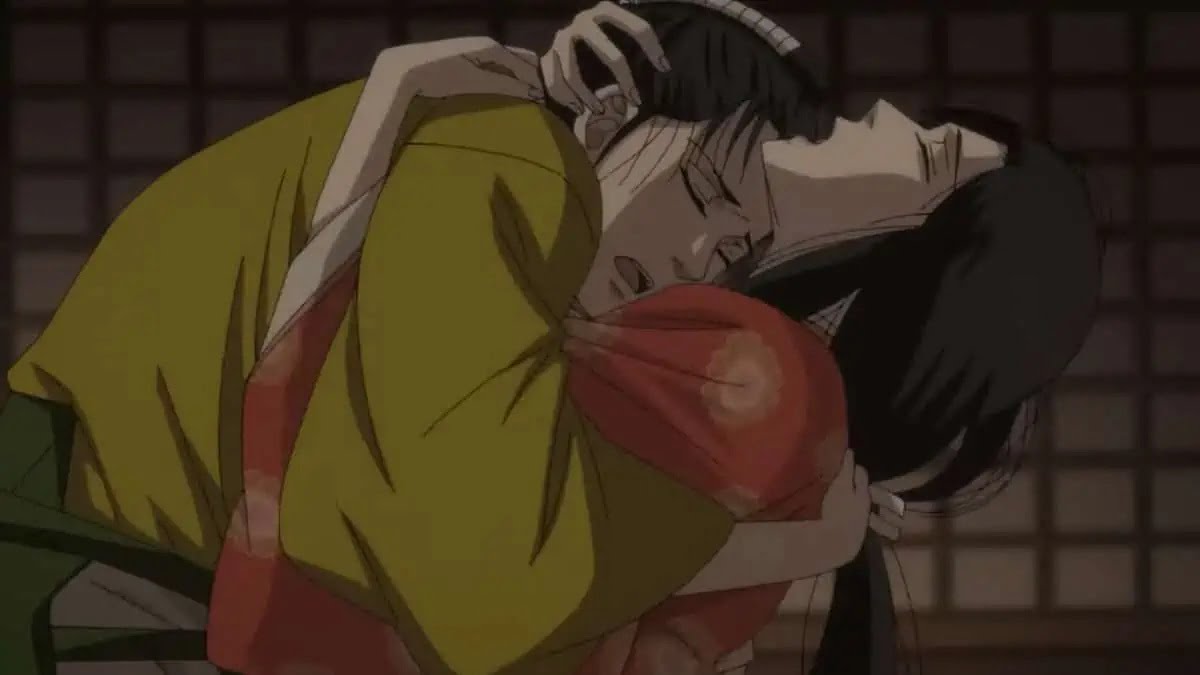Ooku: The Inner Chambers, has been a popular manga for many years now. It was adapted into two live-action films and a 10-episode Television Drama Series already. Now, Netflix Anime and Studio Deen have created a fascinating anime adaptation. The Netflix series has properly observed the emotion, critical gender discussion, and sublime beauty of the art that we have seen in the manga and became a fan of.
Mangaka Fumi Yoshinaga created an articulate masterpiece in Ooku: The Inner Chambers by flipping traditional gender roles, explaining the phenomenon with a haunting epidemic, and putting a twist on history. And now the animated series directed by Noriyuki Abe has done justice to this timeless epic. As for the Netflix show it may not be everyone’s cup of tea, but it certainly is an intriguing watch.
Far From History
Because of its historical context, many people feel they are expected to have a large assortment of knowledge in Japanese history to watch Ooku: The Inner Chambers. But do not believe you must be a history fanatic to understand it when it doesn’t require much pre-known text.
In an alternative timeline of Japan, a strange disease that only affects men has caused a massive reduction in the male population. As the years went by, women’s & men’s roles gradually reversed, with women becoming the ruling gender.
Ooku here solidifies its length for most of its runtime. By the end of the episode, it becomes clear that most of this story was a framing narrative to establish the unique society it takes place and that the meat of the show will focus on the beginnings of this gender-flipped hierarchy and how its various quirks and traditions developed.
Historical Differences Of Ooku
Ooku: The Inner Chambers puts a different spin on the incidents from bygone eras. For example, Tokugawa Iemitsu was the third shogun who ruled from 1623 to 1651 and expelled all the Europeans from Japan. In Ooku: The Inner Chambers, Iemitsu himself is a plague victim. His wet nurse Kasuga plants his illegitimate daughter as Shogan to prevent the Tokugawa dynasty from collapsing. His daughter’s older identity is erased and she’s addressed as Iemitsu, which obscures her father’s death.
Similarly, Ooku was the name given to the women’s quarters in Edo Castle but in this series, it’s shown as both a prison and a sanctuary for men who have evaded red-face smallpox.
Ōoku: The Inner Chambers seems like a show that could pop if injected with some flair and sex appeal, but as it stands, it is a story that works much more in concept than in execution.

My Opinion!
We get a few of these shows every season – an anime with a double-length or feature-length first episode. Not only is this first episode that is three separate episodes rolled into one, but the entire series was also released at once on Netflix.
The 80-minute length comes across like a ploy to trick unsuspecting casual viewers into watching the first three episodes when they were only planning to watch one—hoping this would get them hooked. It feels a bit skeevy—like those behind the anime didn’t have faith that the start of their story would be appealing enough.
The result is far more than a simple swapping of gender roles. We have men as a commodity to be sold rather than people. Marriage is something for the rich and mighty alone—with poor women forced to buy a man for a night if they wish to continue their families. And as for marrying for love, that’s the rarest thing of all.
The bigger issue, though, is the visuals. Whether it is direction, color, or animation, nothing here rises above functionality and saps a lot of the energy from the premise and setting. That’s a decision to keep the world grounded and mundane, but even stronger lighting or shadows could have complemented the atmosphere here. It’s not bad, but the production lacks any real punch to match the story’s hook.
Finally, apart from your choice of watching it or not, do keep up and stay tuned with Deshi Geek for pop-culture news, reviews, and features!






1 Comment